As parents, supporting your child’s education at home is essential for their growth. By reinforcing classroom lessons, you can make learning a fun and consistent part of their daily routine.
At Ilham Child Care, we use three simple tools—flashcards, whiteboards, and building blocks—to teach children effectively. These tools are easy to use at home, making learning interactive and enjoyable.
The Role of Repetition in Child Learning
Repetition helps children grasp and retain new concepts. Whether it’s learning letters, numbers, or problem-solving, consistent exposure strengthens memory and understanding. Using the same tools and methods at home as in the classroom ensures your child gets the reinforcement they need to thrive.
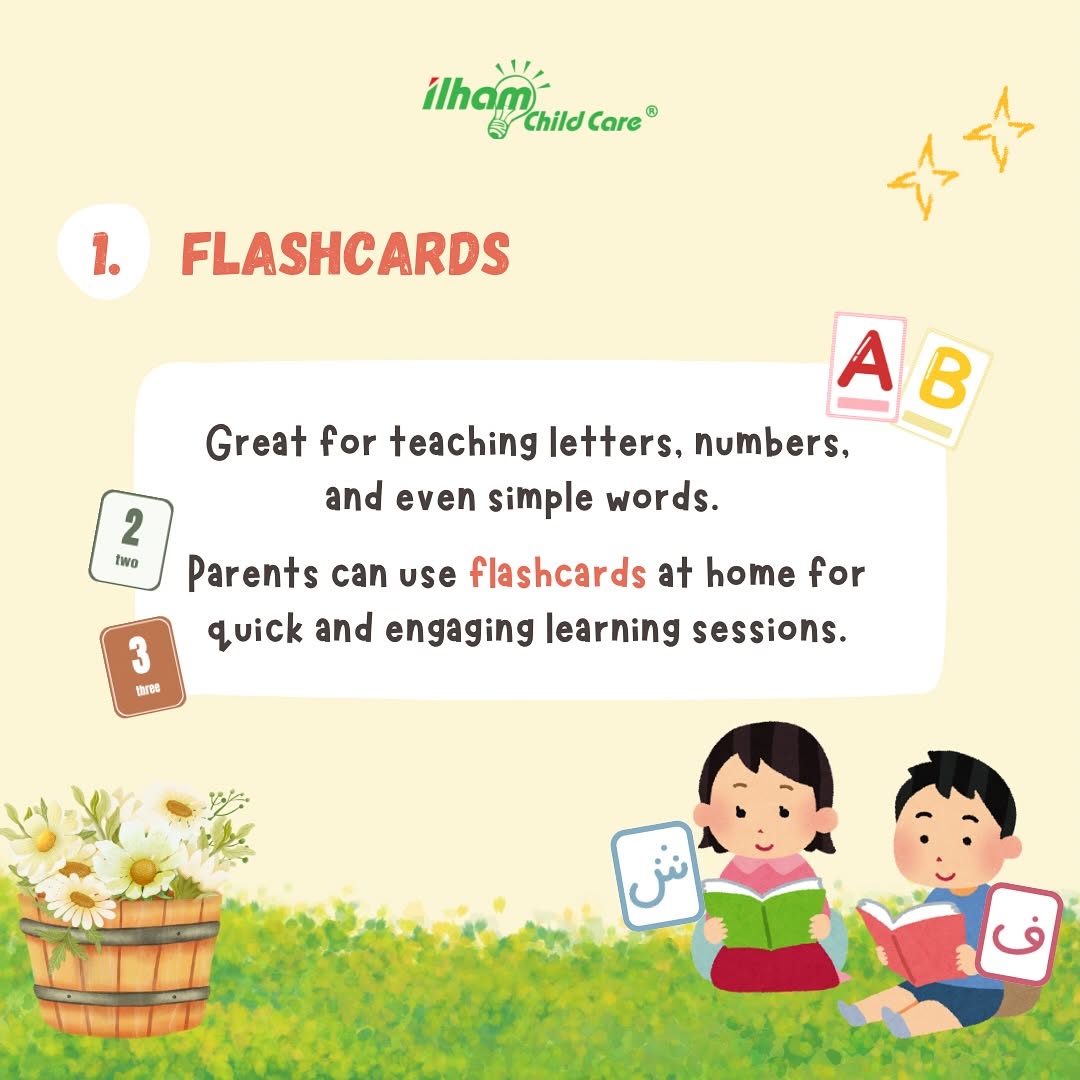
Utilising Flashcards for Effective Learning
Flashcards are a powerful tool for reinforcing memory. They can help children learn everything from vocabulary to shapes, colours, and numbers. Here’s how you can use them effectively:
– Create Customised Sets: Make flashcards tailored to your child’s current lessons, such as alphabet letters or basic maths problems.
– Daily Practice: Dedicate a few minutes daily to reviewing flashcards, mixing up the order to keep it engaging.
– Incorporate Games: Turn flashcard use into a fun quiz game, offering small rewards for correct answers to keep motivation high.
Flashcards help build confidence through repetition, making them a great learning aid for young minds.
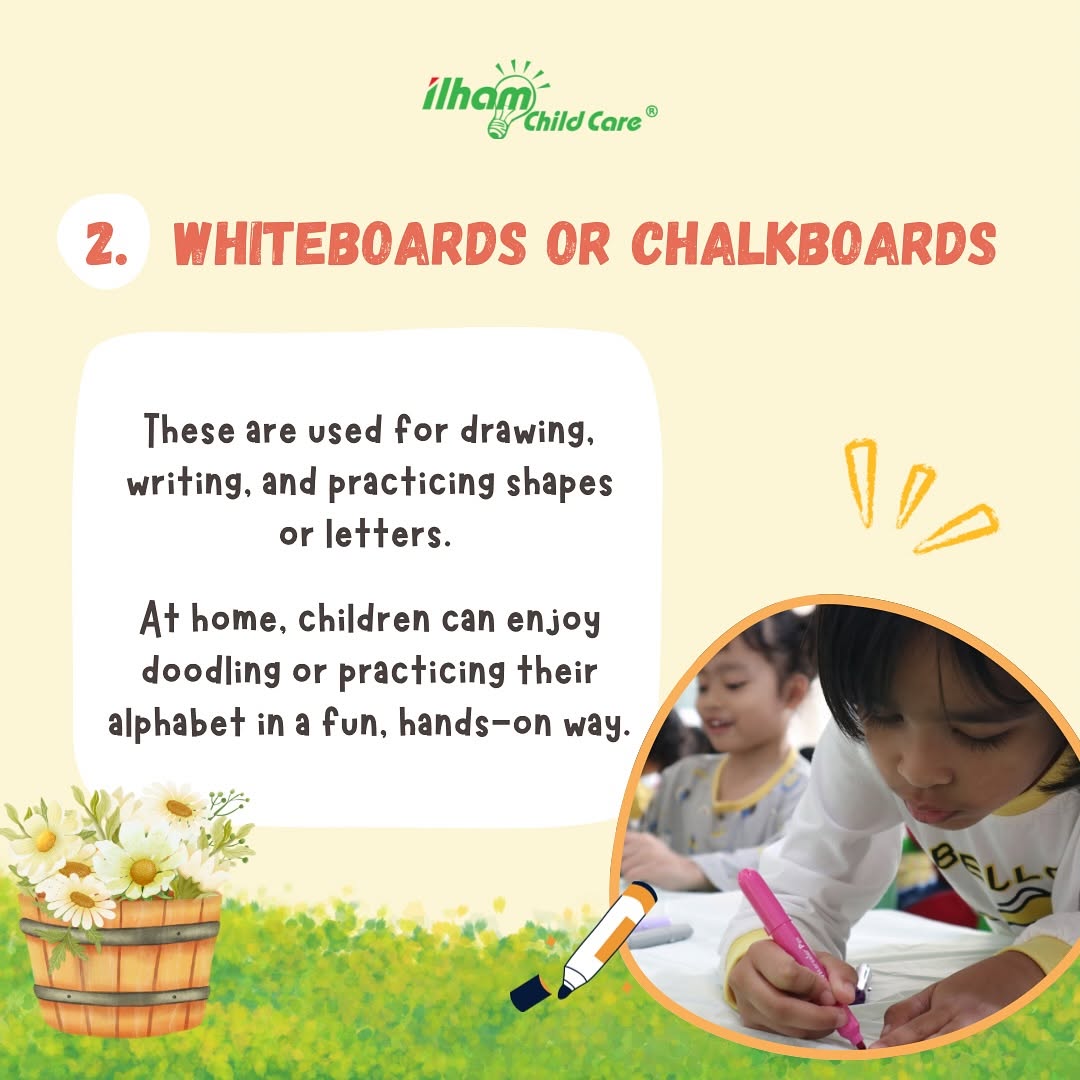
Engaging with Whiteboards to Enhance Understanding
Whiteboards encourage visual learning and creativity. They provide an interactive way for children to explore ideas and practise what they’ve learned. Here are some ways to use whiteboards effectively:
1) Drawing and Writing Practice: Encourage your child to draw pictures or practise handwriting. Writing out words, letters, or numbers reinforces what they learn in class.
2) Interactive Activities: Play games like “hangman” or simple addition and subtraction challenges.
3) Encourage Self-Expression: Let your child write or draw freely to express their thoughts, which boosts creativity and confidence.
Whiteboards are a flexible tool that fosters both academic and creative development.
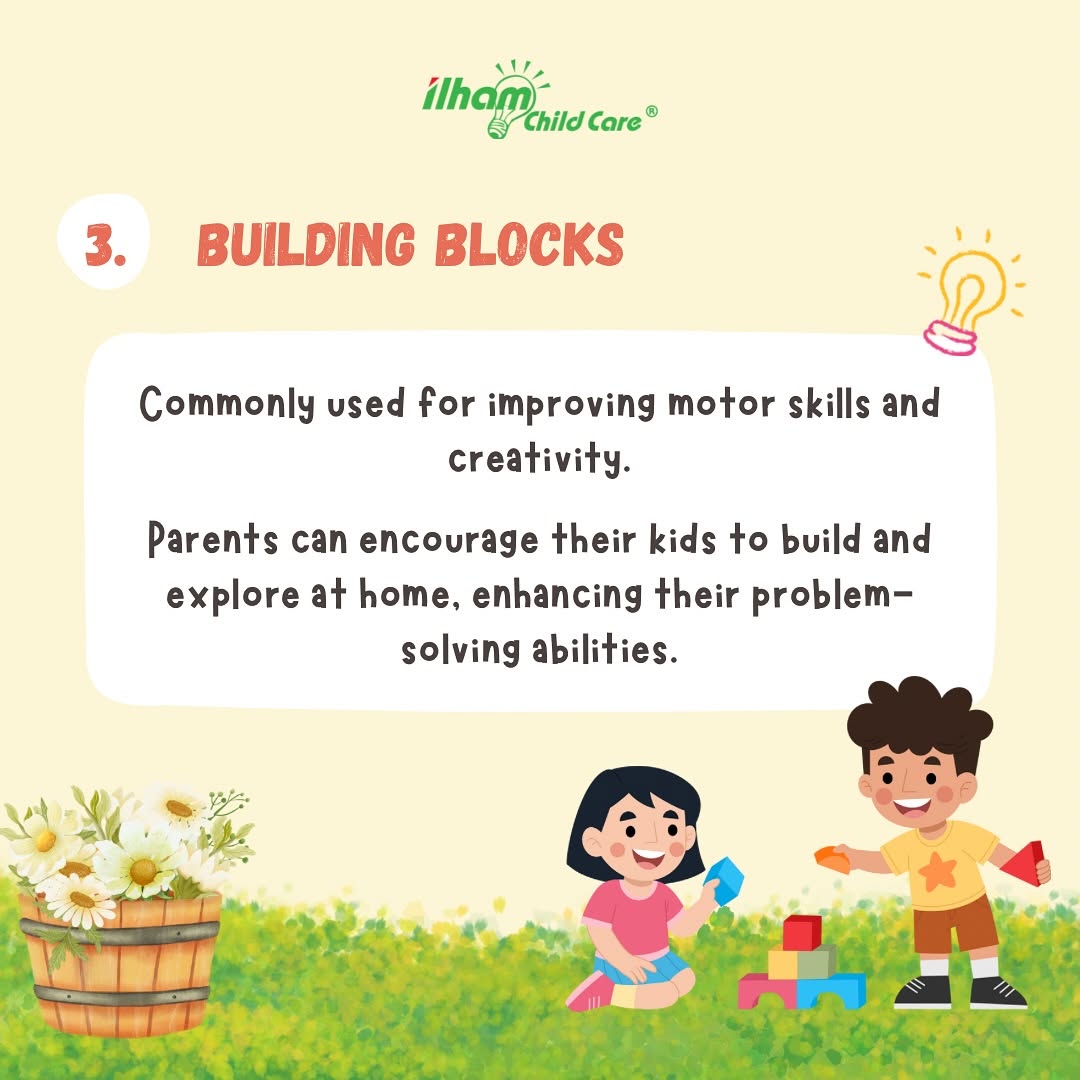
Building Blocks as Tools for Cognitive Development
Building blocks aren’t just toys—they’re a fantastic educational tool. They help children develop problem-solving skills, spatial awareness, and creativity. Here’s how you can incorporate building blocks into learning:
– Letter and Number Blocks: Use blocks with printed letters or numbers to teach spelling and counting.
– Shape Sorting: Encourage your child to sort blocks by shape, size, or colour, strengthening their cognitive skills.
– Recreate Structures: Challenge your child to replicate simple structures, promoting critical thinking and attention to detail.
Building blocks provide a hands-on way to connect play with learning.
Mimicking Classroom Activities at Home
At Ilham Child Care, we focus on active learning. Mimicking these activities at home bridges the gap between school and home. For example:
– Group Reading Sessions: Read a story together and ask your child questions about the characters and events.
– Counting Games: Use household items to practise counting, such as organising spoons or toys.
– Role Play: Pretend to be a teacher and let your child “teach” you what they’ve learned, reinforcing their knowledge.
By aligning home activities with classroom methods, you create a seamless learning experience.
Creating a Fun and Supportive Learning Environment
Learning doesn’t have to feel like a chore. Creating a positive and engaging environment can make all the difference. Here’s how:
– Incorporate Play: Mix learning with play by using songs, games, or puzzles.
– Set a Routine: Establish a regular time for learning to build consistency.
– Celebrate Achievements: Praise your child for their efforts and celebrate small wins to keep them motivated.
A supportive environment nurtures a love for learning, making it a rewarding experience for both parent and child.
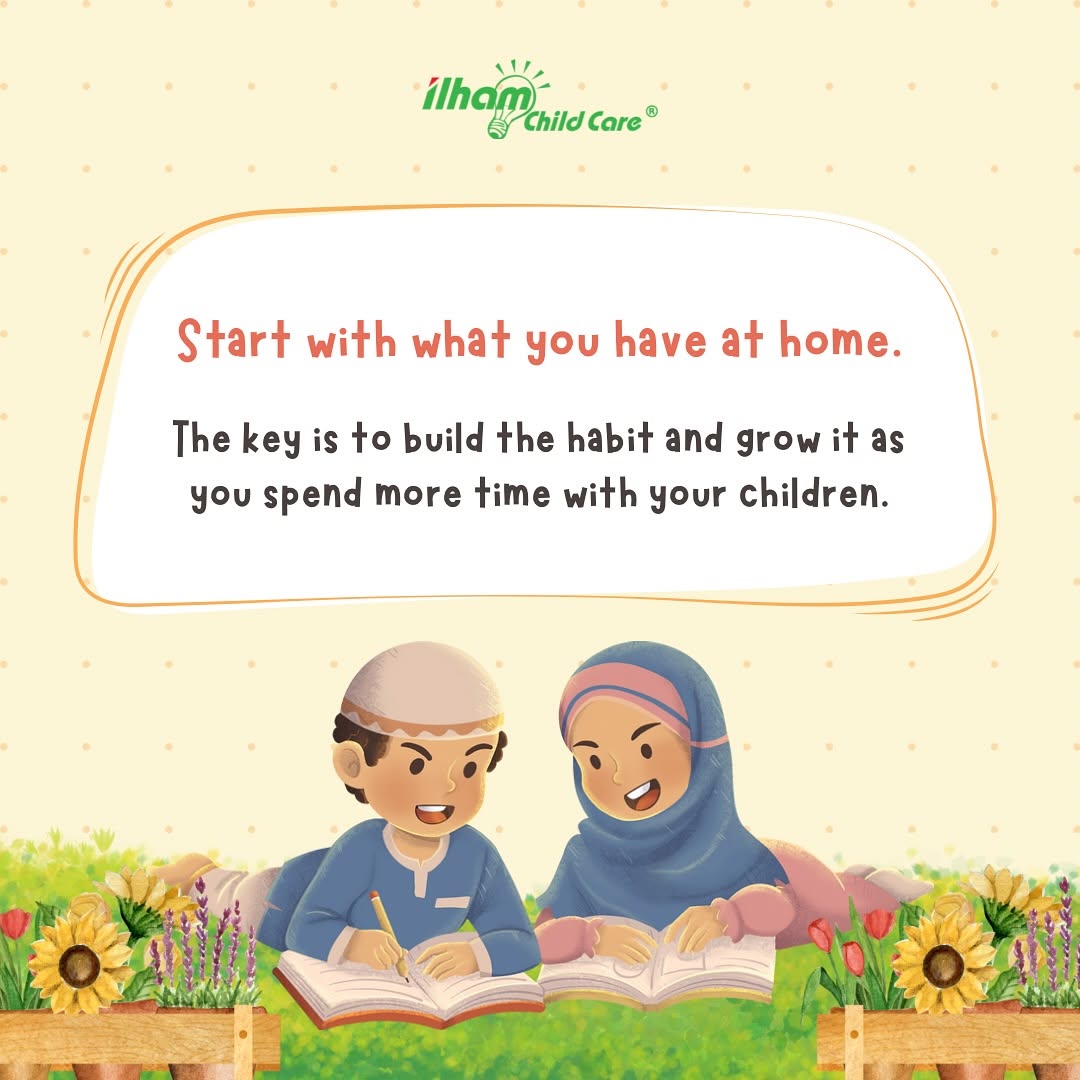

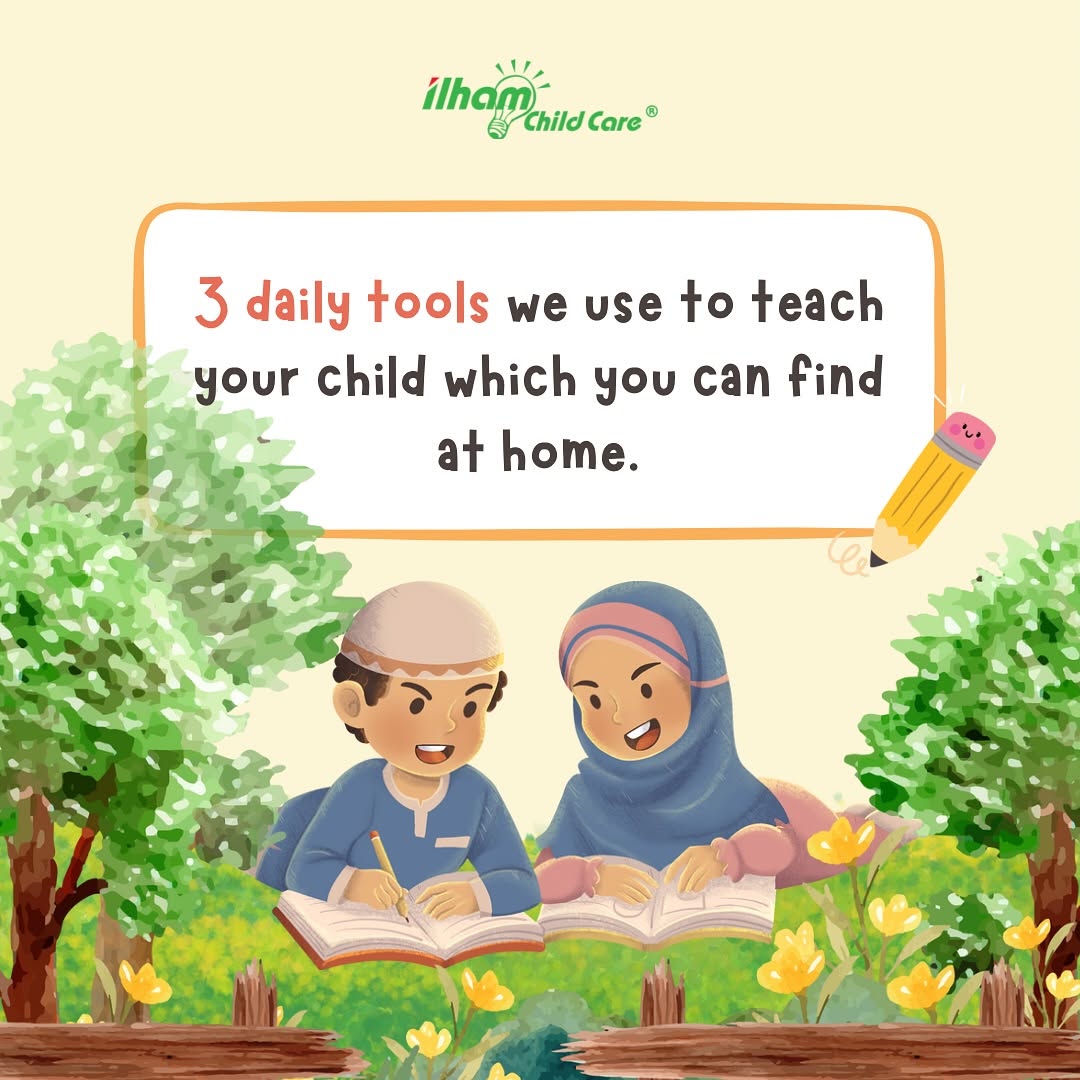
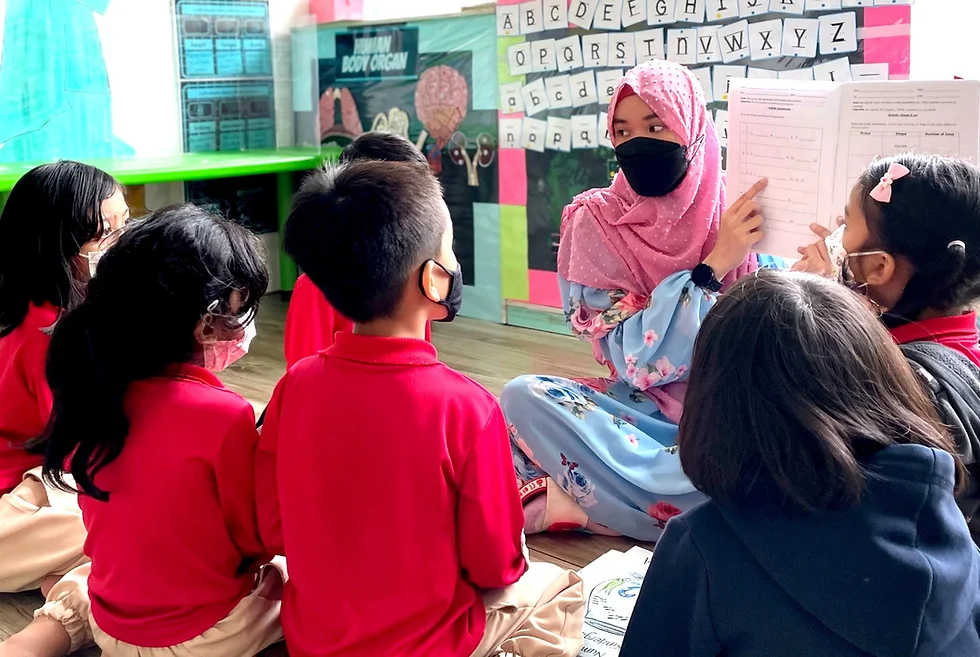
 Take the First Step
Take the First Step